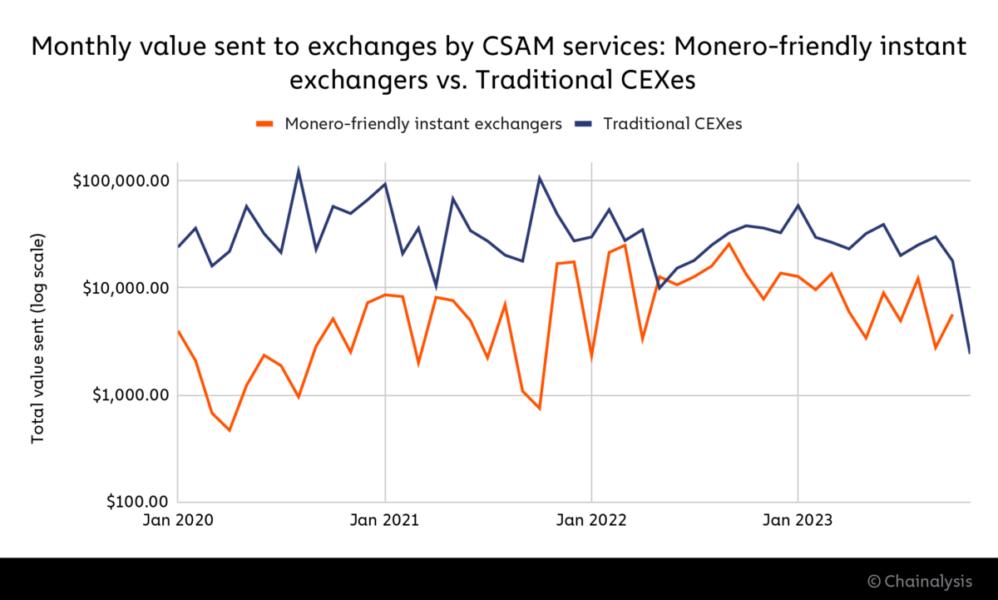In a recent warning, Microsoft’s security team has shed light on a concerning trend in the world of cybercrime.
Criminals are increasingly exploiting the OAuth system, commonly used by websites to verify user identities, gain unauthorized access to systems, and launch various forms of cyberattacks, including illicit cryptocurrency mining.
The exploitation of OAuth applications by cybercriminals presents a multifaceted challenge for organizations. Attackers initiate their campaigns by compromising user accounts, often through phishing or password-spraying attacks.
Their primary targets are accounts lacking robust authentication mechanisms, making them vulnerable to credential-guessing attacks. Once these accounts are compromised, cybercriminals gain a foothold within the system.
One of the nefarious activities that follow is the deployment of virtual machines (VMs) for cryptocurrency mining. This not only siphons computing resources but can also have a significant impact on an organization’s energy consumption and overall performance.
In addition to crypto mining, attackers establish persistence within the system after Business Email Compromise (BEC) incidents and utilize the organization’s resources for spamming activities. This multi-pronged approach underscores the severity of the threat posed by these cyber criminals.
Microsoft’s vigilant tracking and detection efforts
Microsoft has been actively tracking these malicious activities and has taken steps to enhance the detection of malicious OAuth applications. Tools like Microsoft Defender for Cloud Apps have been deployed to identify and neutralize threats swiftly.
One key measure involves preventing compromised accounts from accessing critical resources, which is pivotal in thwarting attackers’ attempts to escalate their privileges and carry out their malicious actions.
Mitigating risks: Microsoft’s recommendations
Microsoft’s comprehensive analysis of these attacks has yielded essential recommendations for organizations to bolster their security posture and protect against OAuth exploitation:
Implement Multifactor Authentication (MFA): A significant number of compromised accounts lacked MFA, rendering them vulnerable to attacks. Enabling MFA dramatically reduces the risk of unauthorized access by requiring users to provide multiple forms of verification.
Leverage Conditional Access Policies and Continuous Access Evaluation: These advanced security measures enable real-time risk assessment and access revocation when suspicious activities are detected. Organizations can swiftly respond to potential threats, preventing further damage.
Utilize Security Defaults in Azure Active Directory (Azure AD): Particularly beneficial for organizations on the free tier of Azure AD licensing, security defaults offer preconfigured settings such as MFA and protection for privileged activities. These defaults provide a solid foundation for security.
Regularly Audit Apps and Permissions: Organizations are encouraged to review the applications and permissions granted within their systems. Adhering to the principle of least privilege ensures that only necessary access is granted, reducing the attack surface.





